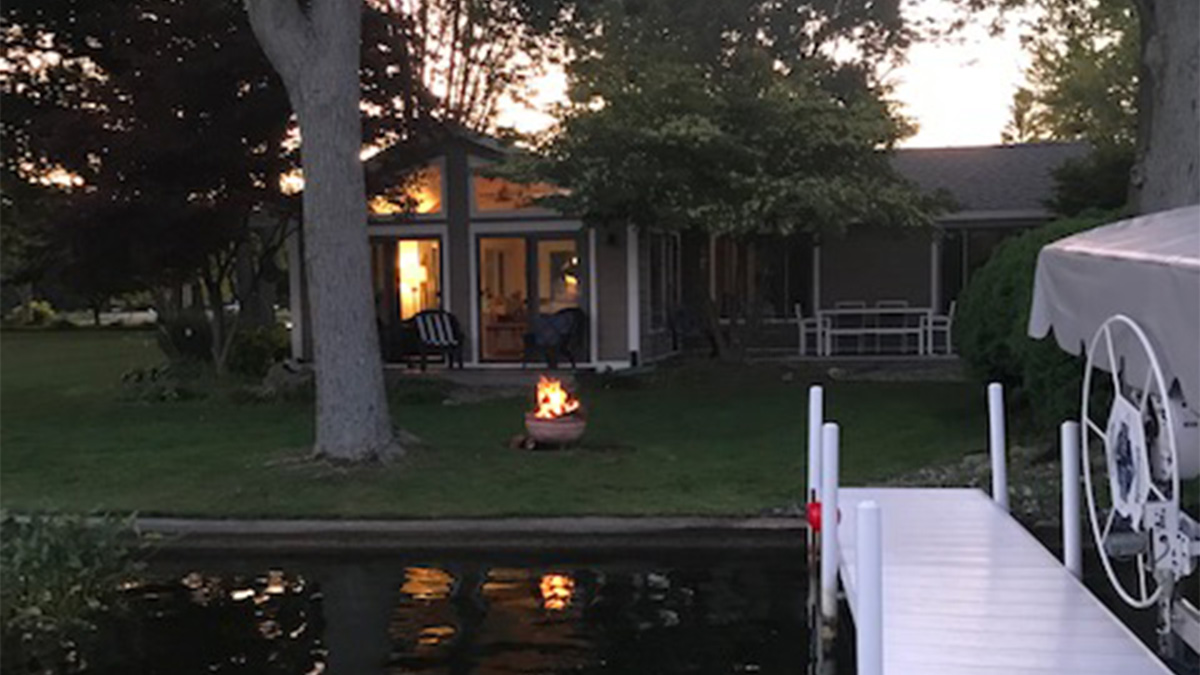
Aquatic Invasive Species and Michigan
By Allyson Wentela, CISMA Coordinator for St. Joseph, Branch and Hillsdale Counties
What is an “invasive species”? The term is defined by the National Oceanic and Atmospheric Administration (NOAA) as “an organism that causes ecological or economic harm in a new environment where it is not native.” An invasive species is ecologically damaging because it out-competes native species for food and space.
A well-known example in our area are zebra mussels (Dreissena polymorpha). These small mussels, which we inevitably step on when visiting one of the lakes, were introduced to the Great Lakes region around the 1980s from ballast water in boats that had been used in other waters. This introduction has led to a decline in our native mussel populations due to resource competition this in turn impacts other species in the system.
A species also can be classified as invasive when it causes economic harm. The U.S Fish and Wildlife Service put out a fact sheet on “The Cost of Invasive Species” (January 2012) which states that zebra and quagga mussels (Dreissena rostriformis bugensis), another invasive mussel, will cause complications to hydroelectric dams on the Columbia River and could cost up to $250–300 million annually in damage. This estimate did not include hatcheries, water diversions or environmental damages—and this fact sheet is now 8 years old.
These damages will not only affect infrastructure, but can cause environmental, structural and economic problems for individual landowners. Phragmites are a common and readily identifiable invasive species that are a cause of concern in the Great Lakes. This species harms the value of a property both economically and environmentally. Environmentally, phragmites take over wetland areas, riverfronts and lakefronts affecting water movement, pushing out native species and making it hard for wildlife to move through the area. Phragmites’ economic impact results in the depreciation of property value and is something to talk to your local estate agent about.
Zebra mussels, quagga mussels and phragmites are some of the better-known aquatic invasive species; however, there are many more within the Great Lakes region. It is important to remember when looking for invasive species that they come in many forms including plants, insects, fungi, diseases, mussels, fish, mammals, reptiles and more. While some of the more established species are going to take a long time to manage, there are other species where efforts to combat will have a more immediate effect, such as monitoring and treating recently established species like kudzu (Pueraria montana var. lobata), flowing rush (Butomus umbellatus) or Japanese stiltgrass (Microstegium vimineum).
Another way to help prevent the spread is to clean any outdoor clothing and equipment to prevent the spread of seeds, to wash boats and other gear when moving them between water areas, and don’t transport wood long distances.
For more information check out the Play Clean Go, Don’t Move Firewood, and Clean Boats Clean Waters programs. For a more complete list of invasive species, species of concern, distribution and other information, excellent resources include Midwest Invasive Species Information Network (MISIN) run by Michigan State University; Michigan Invasive Species list by the state, and Cooperative Invasive Species Management Area (CISMA). These are some great ways to help get engaged or stay engaged with invasives in your area.
Share this article
Popular articles
Subscribe to our mailing list
Get the latest Lake Access news and articles delivered straight to your inbox.


